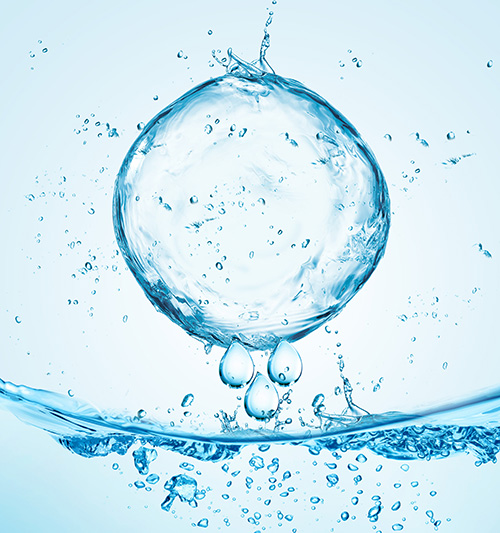Air water generator: extracting the source of life from the air
Mar 17, 2025
Against the backdrop of global climate change and water shortage, air water generators have emerged as an important innovative technology to solve the problem of drinking water. This device provides people with a convenient and environmentally friendly drinking water solution by extracting moisture from the air. This article will explore in depth the working principle, advantages, challenges and future development direction of air water generators.
1. Working principle
The core technology of air water generators is to use water vapor in the air. Its workflow mainly includes the following steps:
Air inhalation: The device inhales the surrounding air through a fan.
Cooling and dehumidification: The air passes through the compressor and condenser, and the temperature drops rapidly, causing the water vapor in it to condense into water droplets.
Water collection: The condensed water droplets converge and flow into the water storage tank.
Filtration and treatment: After multi-stage filtration and purification, safe and clean drinking water is finally obtained.
The key to this technology lies in the design of the compressor and condenser, and their efficiency directly affects the amount of water generated.
2. Main advantages
1. Sustainability
Atmospheric water generators use water vapor in the air to reduce dependence on surface water sources, especially in areas of drought or water scarcity, which can effectively alleviate drinking water problems.
2. Water quality safety
Through multiple filtration and disinfection, atmospheric water generators can ensure that the water quality meets drinking standards, reduce the need for chemical agents, and ensure the purity of water.
3. Flexibility
Atmospheric water generators can work in a variety of environments, including homes, offices, and public places, providing drinking water solutions for different groups of people.
3. Challenges
Although atmospheric water generators have many advantages, they still face some challenges in the process of popularization:
1. Energy consumption
The operation of atmospheric water generators requires a certain amount of electricity, especially in high humidity environments, and the energy consumption is high, which may lead to higher use costs.
2. Environmental dependence
The performance of the equipment is affected by the ambient humidity and temperature. In areas with extremely dry climates, the efficiency of water generation may be significantly reduced.
3. Initial investment
Although the price of the equipment has gradually decreased, the initial investment of the atmospheric water generator is still a consideration for some families.
IV. Future development direction
The future development prospects of the atmospheric water generator are broad:
Technological innovation: With the continuous advancement of technology, the energy efficiency and water generation efficiency of the equipment are expected to improve, and the cost will be further reduced.
Intelligent: Introduce intelligent control systems to improve the efficiency and user experience of the equipment and adapt to the needs of different environments.
Environmentally friendly: Develop more environmentally friendly materials and processes to further reduce the carbon footprint of the equipment and improve sustainability.
As a new technology to cope with water shortages, the atmospheric water generator has shown great potential. Although there are still some challenges, driven by scientific and technological progress, the atmospheric water generator is expected to become one of the important sources of drinking water for people in the future. By promoting the development of this technology, we can not only improve the efficiency of water resources, but also contribute to global water security.

 Network Supported
Network Supported